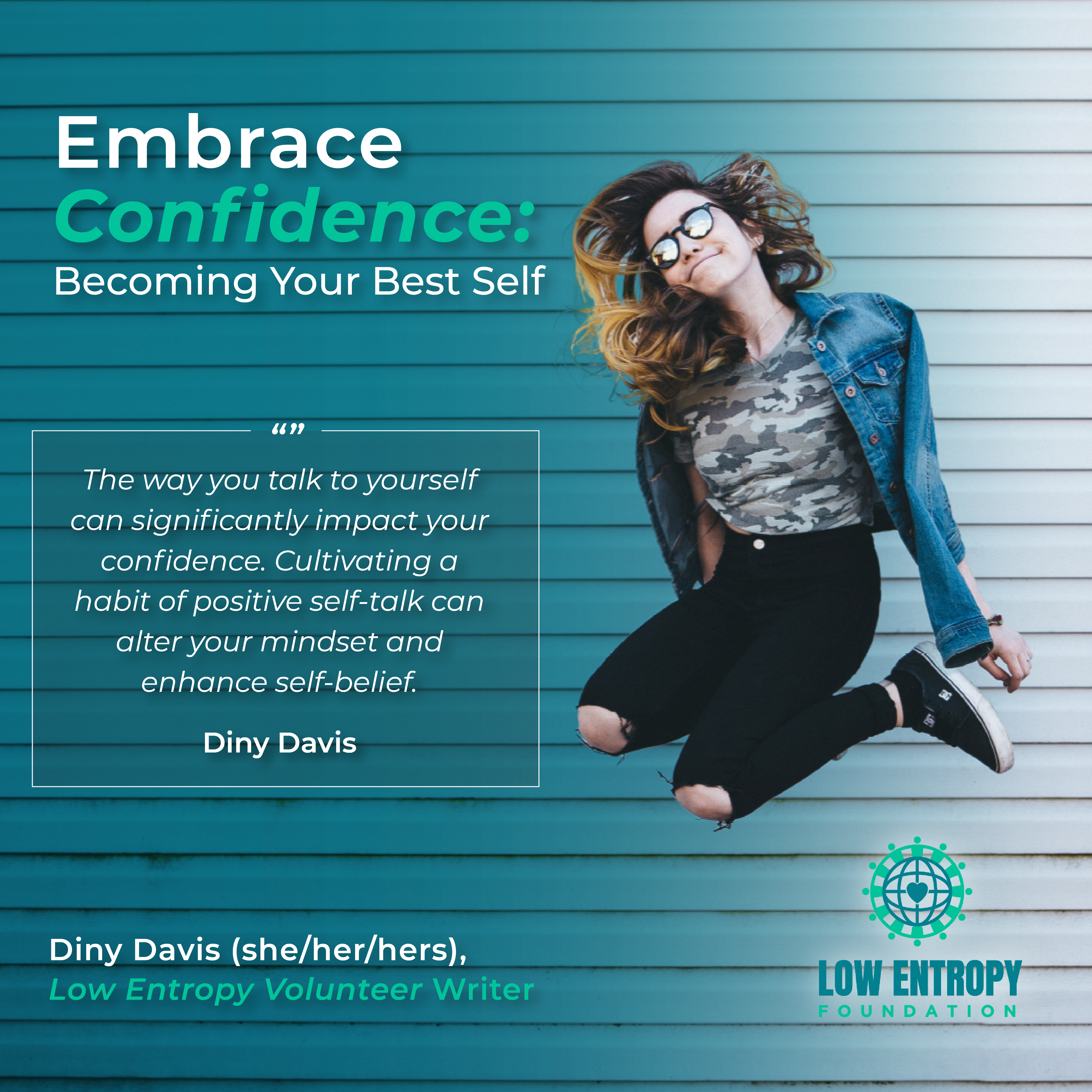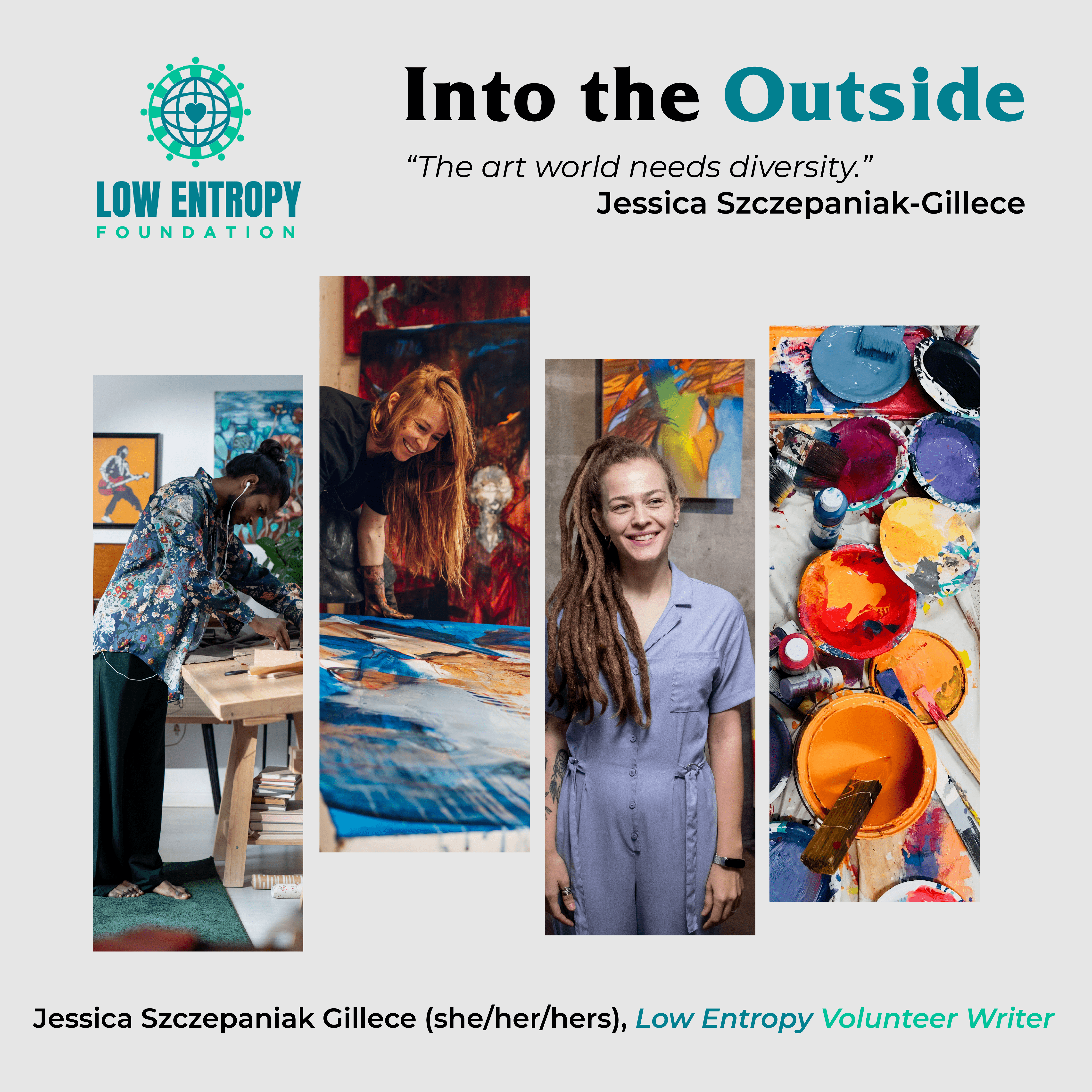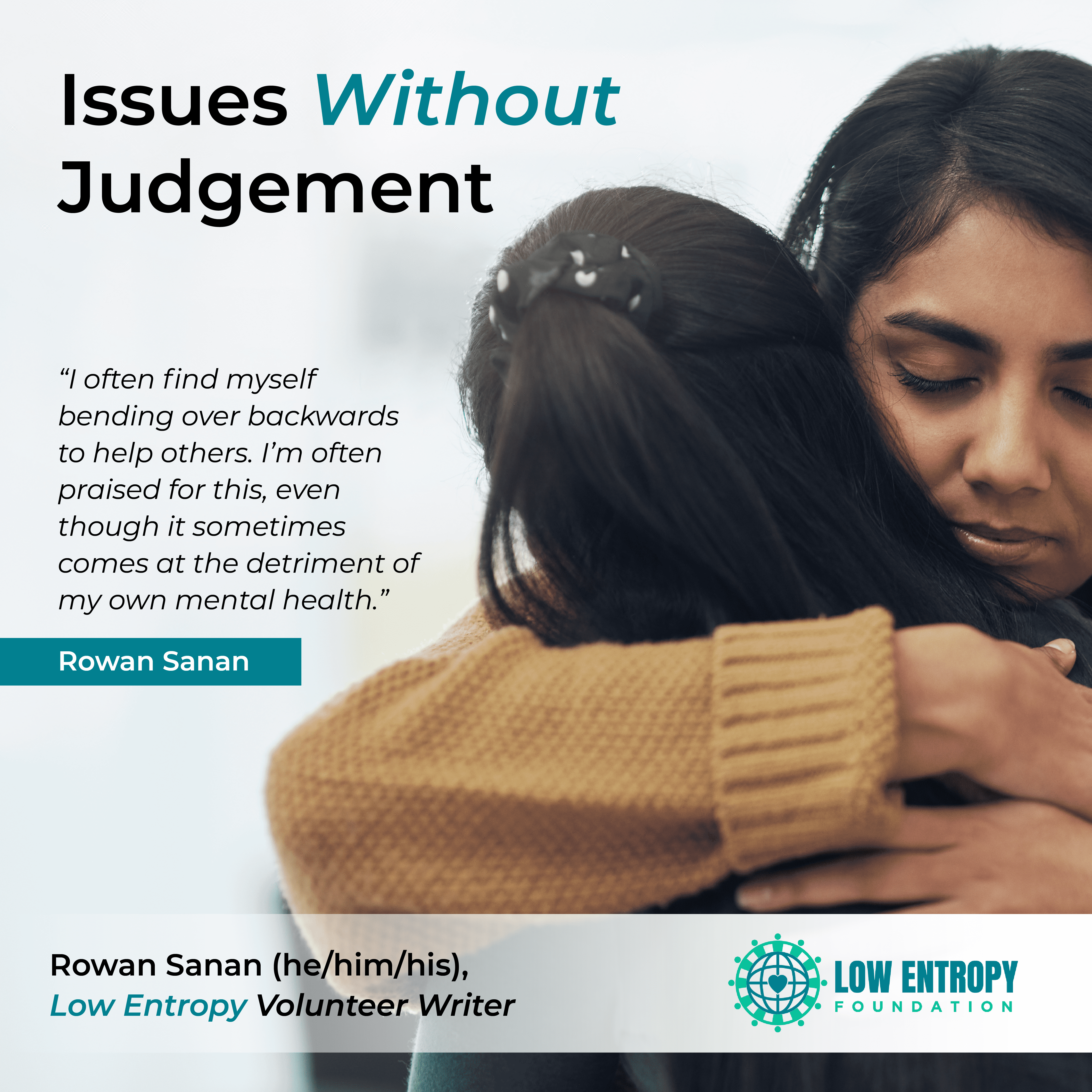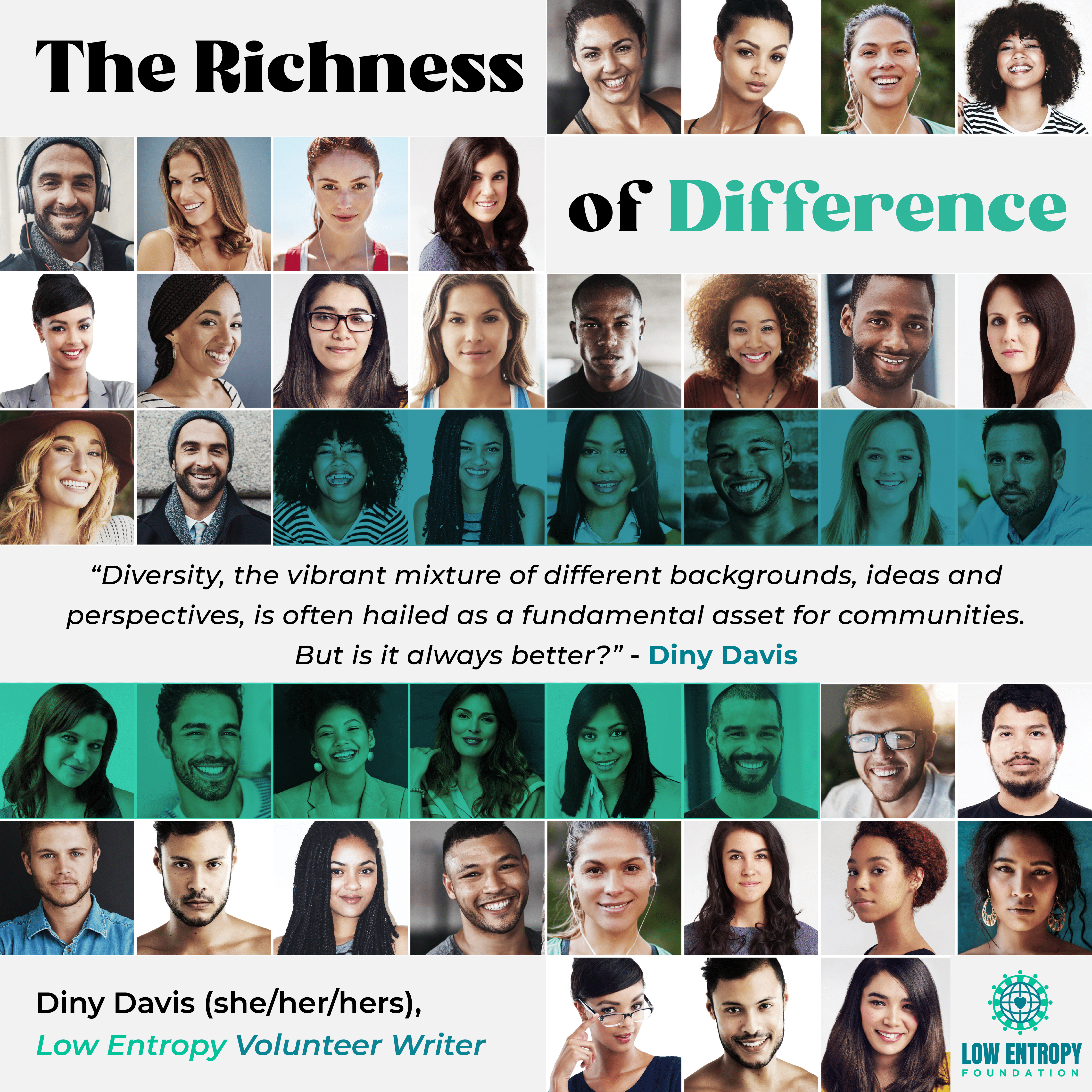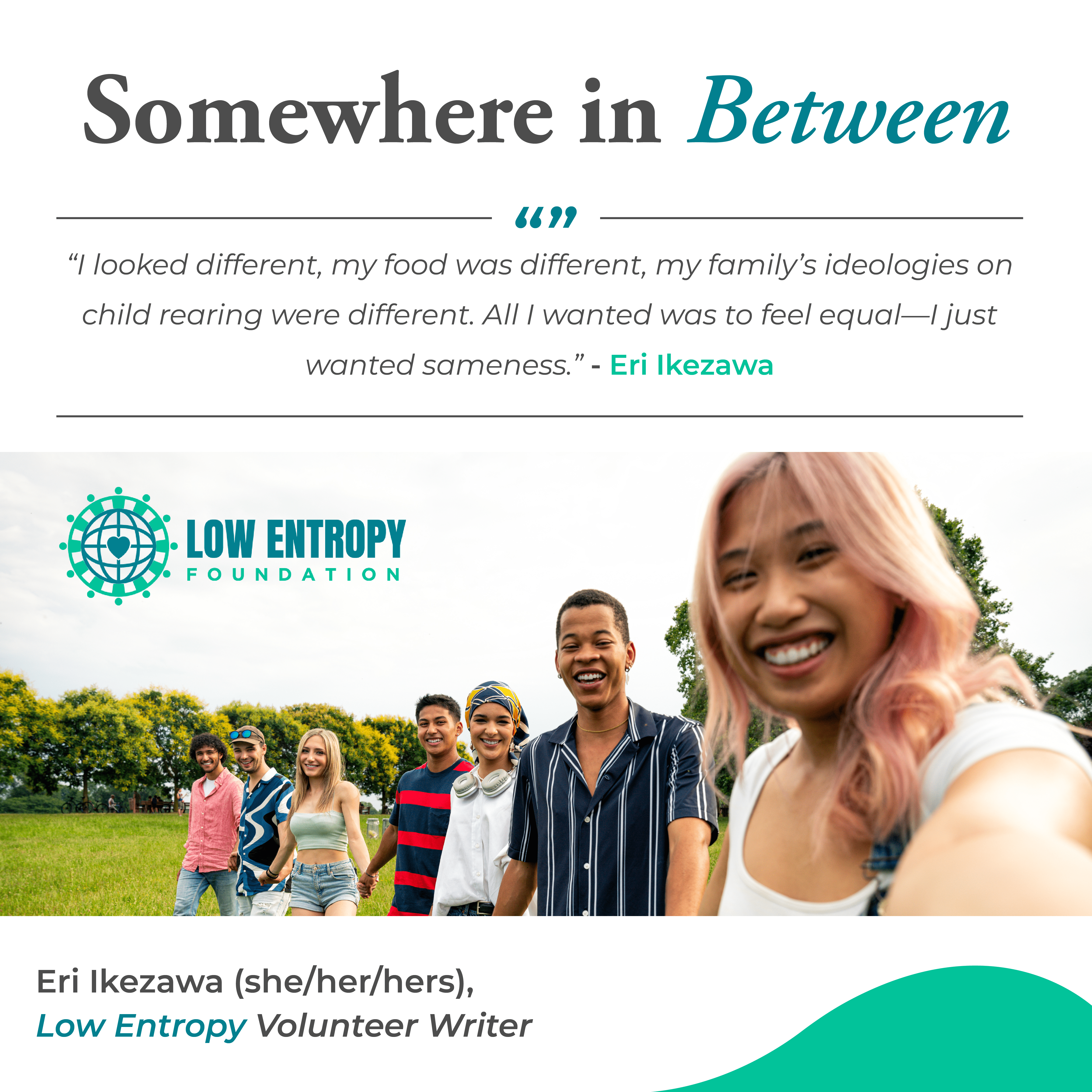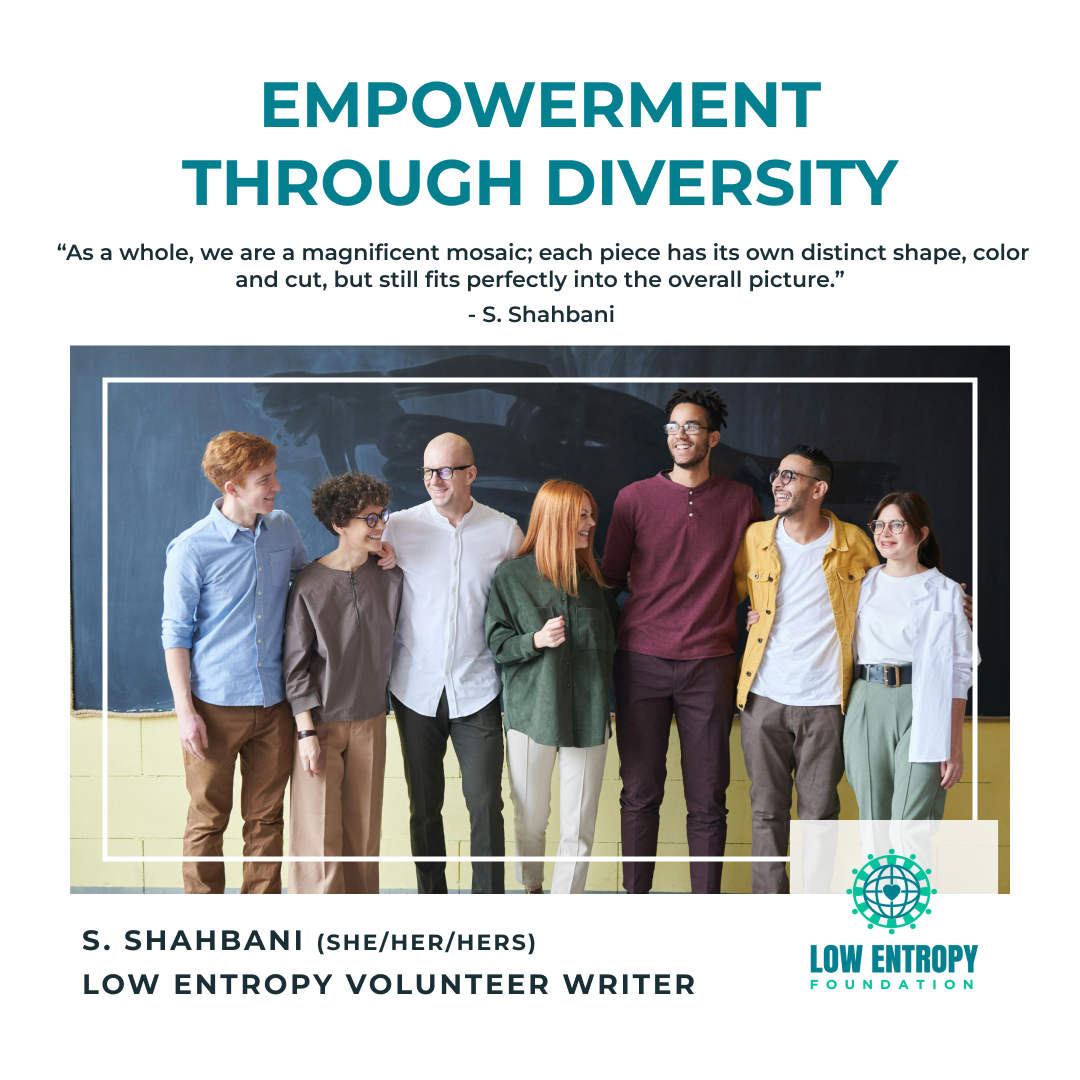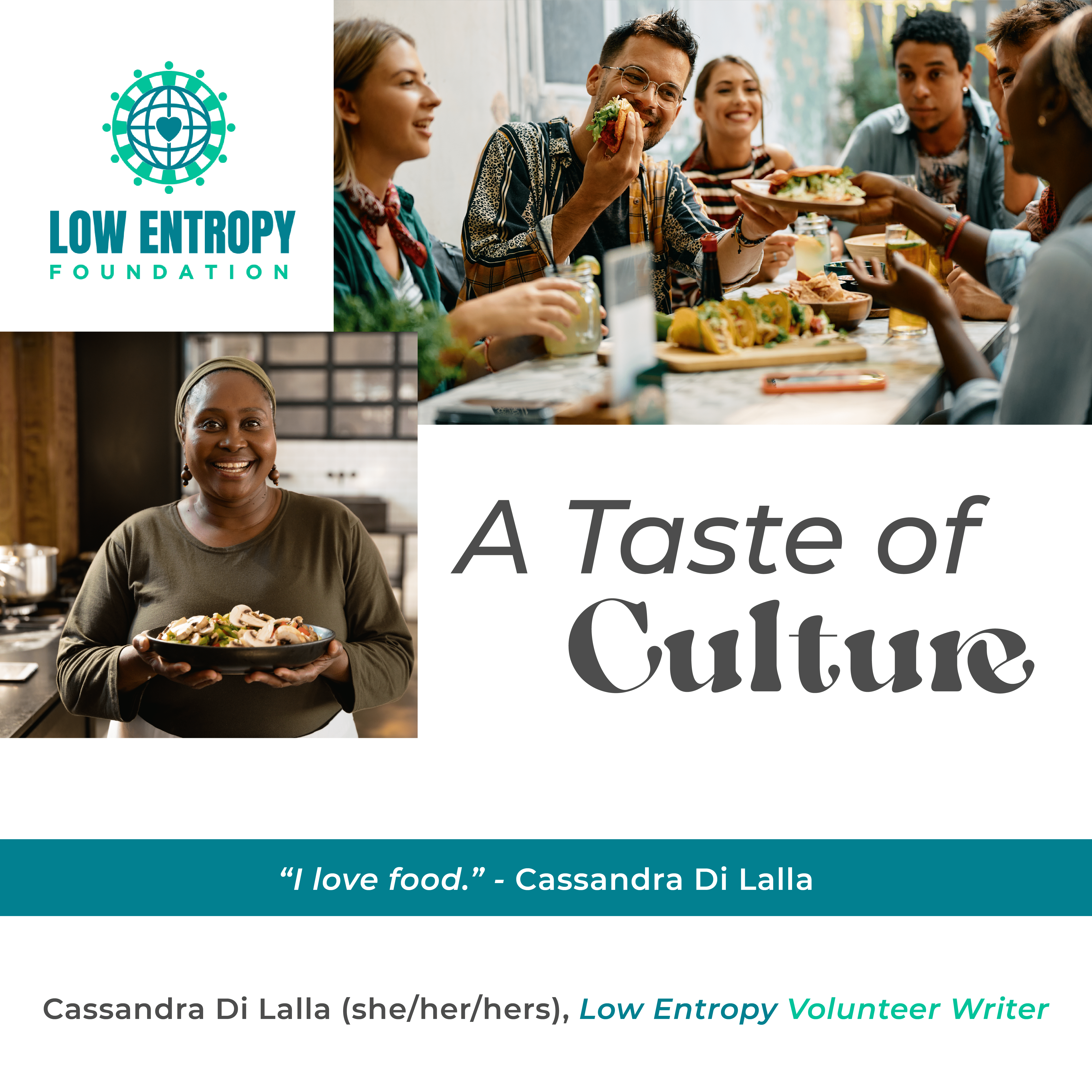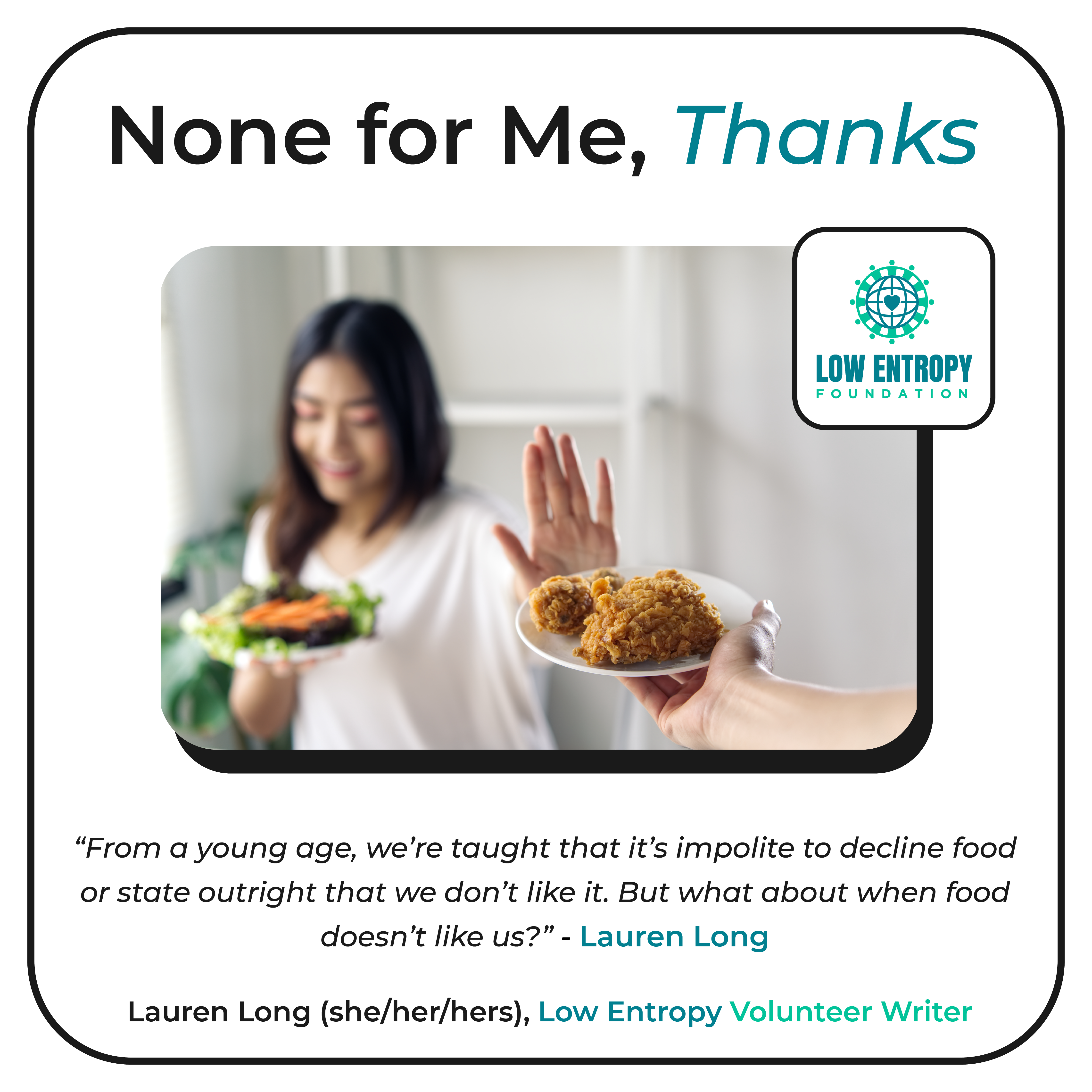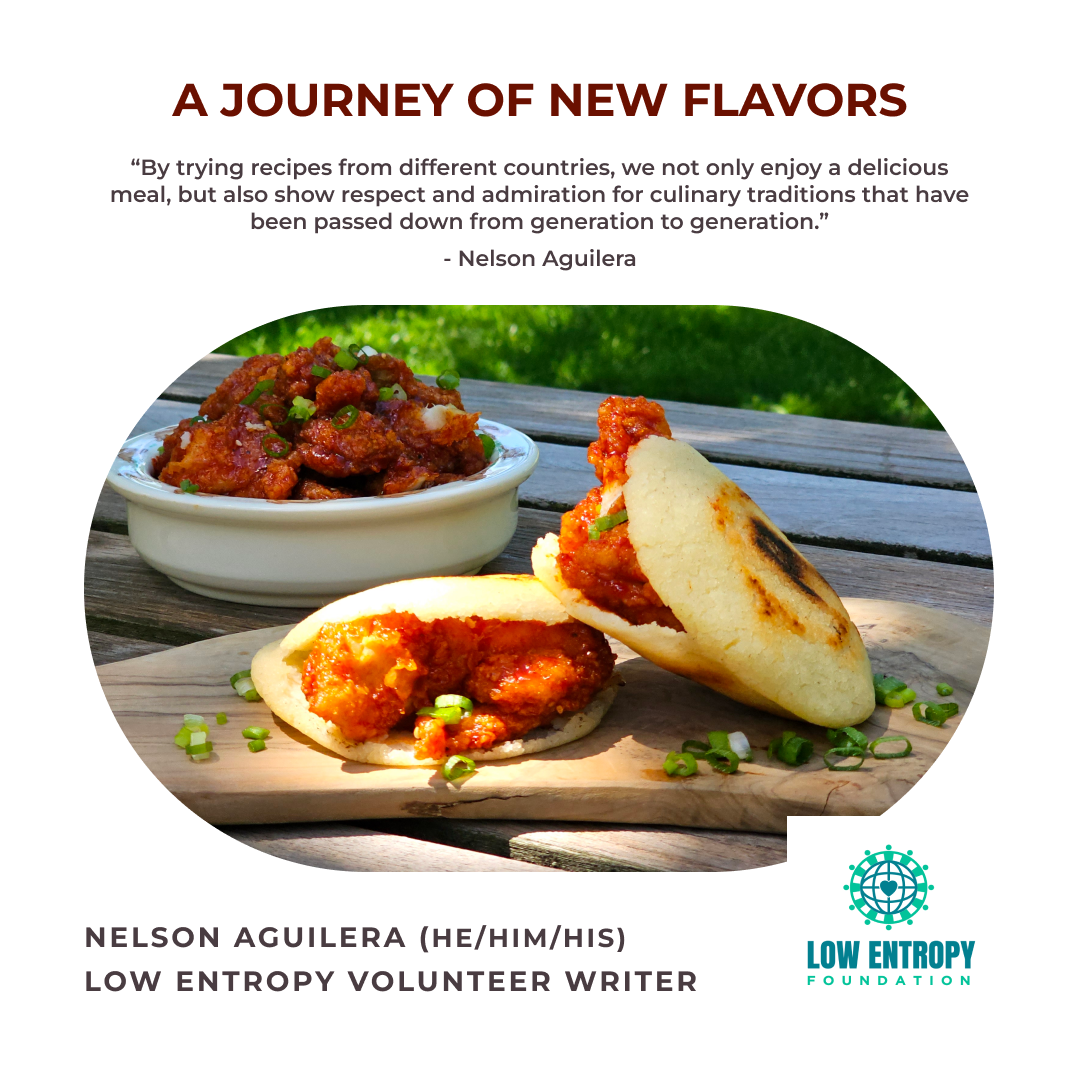Diny Davis (she/her/hers), Low Entropy Volunteer Writer
“Confidence is not ‘they will like me.’ Confidence instead is . . . ‘I’ll be fine if they don’t.’” – Christina Grimmie
Confidence is often considered as a key ingredient for success and happiness. But what does it truly mean to carry confidence as a part of your personality? Imagine walking into a room and feeling at ease, believing in your abilities and inspiring that same sense of assurance in others. This is the essence of carrying confidence.
In this article, we will explore what it means to build confidence and practical steps you can take to carry confidence into your daily life and incorporate it into your personality.
Understanding Confidence
Confidence is a state of mind. It’s a belief in one’s abilities, qualities and judgment. It’s not about being arrogant, but having a quiet assurance that you can handle whatever comes your way.
When you carry confidence, you
* Trust your decisions and abilities.
* Have the capacity to face challenges.
* Display fearlessness and self-respect.
The Importance of Confidence
Confidence is critical in every aspect of life. It impacts your personal relationships, career and mental health. Studies have shown that individuals with higher levels of self-confidence tend to perform better at work, have healthier relationships and experience less anxiety and stress.
Different Types of Confidence
Confidence isn’t one-size-fits-all. Understanding its various forms can help you identify areas to improve:
*Social Confidence: Comfort in interpersonal and community situations.
*Physical Confidence: Conviction in your body and appearance.
*Intellectual Confidence: Faith in your knowledge and skills.
*Emotional Confidence: Assurance in managing feelings and relationships.
Boosting Your Confidence
Knowing your strengths is the foundation of confidence. Take time to reflect on the skills, achievements and qualities that make you unique.
How to Identify Your Strengths
*Self-reflection: Regularly journal about your successes and things you did well.
*Feedback: Ask friends, family or colleagues what they see as your strengths.
Practice Self-Care
Taking care of your physical and mental health plays a vital role in boosting confidence. When you feel good, you look good and exude confidence.
Tips for Self-Care
*Exercise Regularly: Physical activity uplifts mood and energy levels.
*Eat Healthy: Nourish your body with balanced meals.
*Sleep Well: Ensure you get seven-to-eight hours of quality sleep.
*Mindfulness: Engage in meditation or mindfulness practices to stay grounded.
Setting and Achieving Goals
Setting achievable goals and working toward them builds self-efficient and confidence.
Steps for Effective Goal Setting
- Define Clear Goals: Be specific about what you want to achieve.
- Break It Down: Divide your goal into smaller, manageable tasks.
- Stay Consistent: Work on your goal step-by-step each day.
- Celebrate Milestones: Reward yourself for each small victory.
Positive Self-Talk
The way you talk to yourself can significantly impact your confidence. Cultivating a habit of positive self-talk can alter your mindset and enhance self-belief.
Examples of Positive Affirmations
* “I am capable and strong.”
* “I trust myself to make the right decisions.”
* “I am worthy of all the good things that come my way.”
Building a Confident Presence
Non-verbal cues play a big part in how others perceive you. Confident body language can boost your inner confidence:
*Stand Tall: Keep a straight posture.
*Eye Contact: Maintain eye contact in conversations.
*Smile: A genuine smile can be very engaging.
*Firm Handshake: A firm handshake conveys assurance.
Communication Skills
Effective communication is a landmark of a confident person. Being able to convey your thoughts clearly and listen actively enhances your confidence.
Communication Tips
*Be Clear and Concise: Avoid dragging the topic; get to the point.
*Listen Actively: Give full attention when others speak.
*Ask Questions: Show interest in others’ perspectives.
Dressing the Part
How you present yourself can influence how confident you feel. Dressing in a way that makes you feel good can boost your self-esteem:
*Dress for the Occasion: Whether casual or formal, dress appropriately.
*Personal Style: Wear what makes you feel comfortable and confident.
*Grooming: Maintaining good personal hygiene and grooming can uplift your spirits.
Carrying confidence as a personality trait is about more than just faking it until you make it. It’s about genuinely believing in yourself, knowing your strengths and continuously working on your self-improvement. By understanding different types of confidence, practicing self-care, setting goals and engaging in positive self-talk, you can transform your confidence levels and overall quality of life.
Conclusion
Invite confidence into your life and watch how it opens doors and creates opportunities you never thought possible. Confidence doesn’t come overnight. It’s a journey of self-discovery, embracing your unique qualities and constantly pushing yourself to grow. Start today with small steps and, over time, you’ll find that confidence has become a natural part of who you are.
—
Diny Davis is an aspiring author who is passionate about fitness and a strong believer in the close connection between physical and mental health. She is a journalism, psychology and literature graduate, a loving wife and a caring mother who maintains a balance in her work and personal life while giving emphasis to self-care and building genuine emotional connections with her readers to inspire them to improve their mental resilience.







